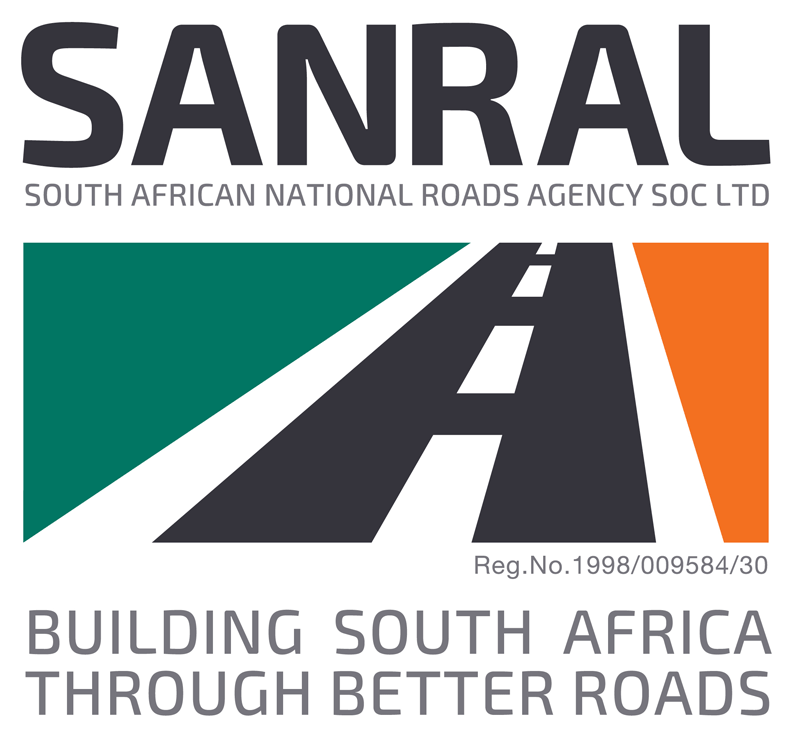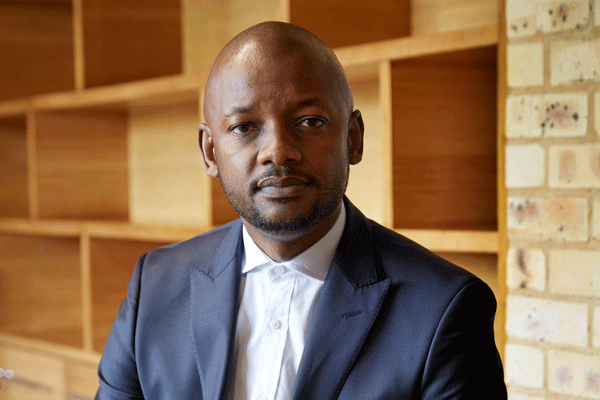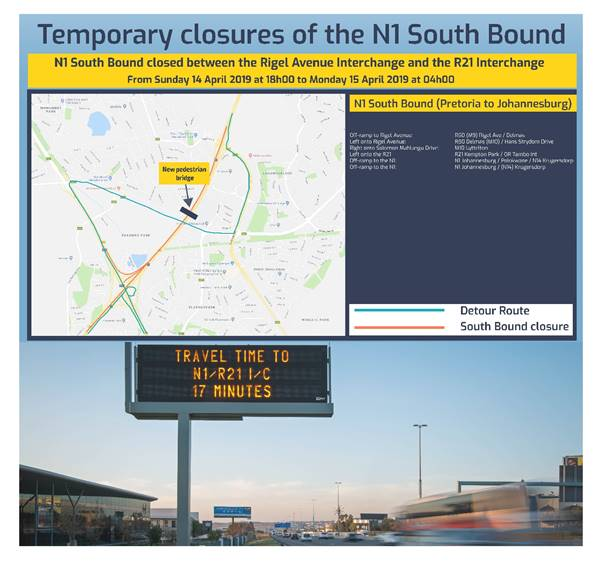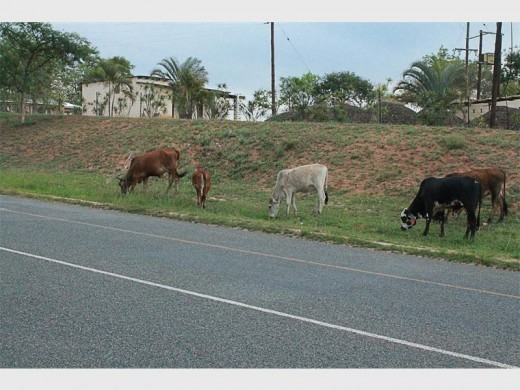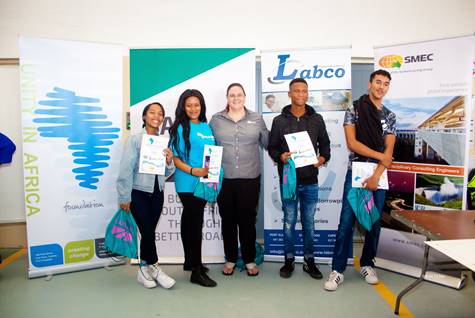Its elegant structure, with an arched steel plate girder substructure and a cast in situ concrete deck, has been engineered to international standards with pedestrians and cyclists in mind.

A new, and attractive bridge will soon be ready for use by pedestrians and cyclists near Hoërskool Waterkloof in Pretoria.
Progress Hlahla, Northern Region Manager for the South African National Roads Agency (SOC) Limited (SANRAL), said: “Safer roads for everyone means safer roads for both pedestrians and motorists.”
This comes in the wake of the erection of the new pedestrian bridge over the N1 at Erasmusrand which took place this past weekend.
“When pedestrians attempt to cross our highways, they place their lives and those of other road users at risk. The number of road fatalities we see throughout the year is very worrying. It is our hope that this new bridge will reduce the chances of pedestrian crashes on our roads”, said Hlahla.
A team effort
SANRAL constructed the new pedestrian bridge in just 20 hours this weekend.
A team of 20 workers and 3 cranes lifted the ready-made substructure into place. All that needs to be done now to make the bridge operational, is to cast the in-situ concrete deck which will take about a month.
The bridge will cost about R 22,3-million and should remain standing for decades to come as SANRAL’s world-class bridge management system ensures proper inspection.
“The new bridge has been in design to replace an old damaged one which was demolished in May 2016 due to safety concerns. Its elegant structure, with an arched steel plate girder substructure and a cast in situ concrete deck, has been engineered to international standards with pedestrians and cyclists in mind,” said Alan Agaienz, SANRAL’s Project Manager: Design and Construction.
Design
The bridge was designed by Gerard du Plessis of Superstructures (Pty) Ltd and is a wholly South African design effort.
SANRAL required the design to be manufactured off-site, and to be self-supporting without any central pier in the median.
The original bridge was an elegant steel portal frame design with a pre-cast concrete deck, which served the residents and workers of Erasmusrand and pupils of Hoërskool Waterkloof for many years before it was badly damaged by a truck in January 2015.
Agaienz said that the structure was erected in two separate sections and welded in the middle to create the permanent structure.
“The temporary middle support pier will be removed after 28 days when the concrete in the deck has cured. This design was chosen out of five possible options because it was the most cost effective and aesthetically pleasing solution”, he said.
The costs of the demolition of the old structure and construction of the new bridge are covered by SANRAL’s insurance.


